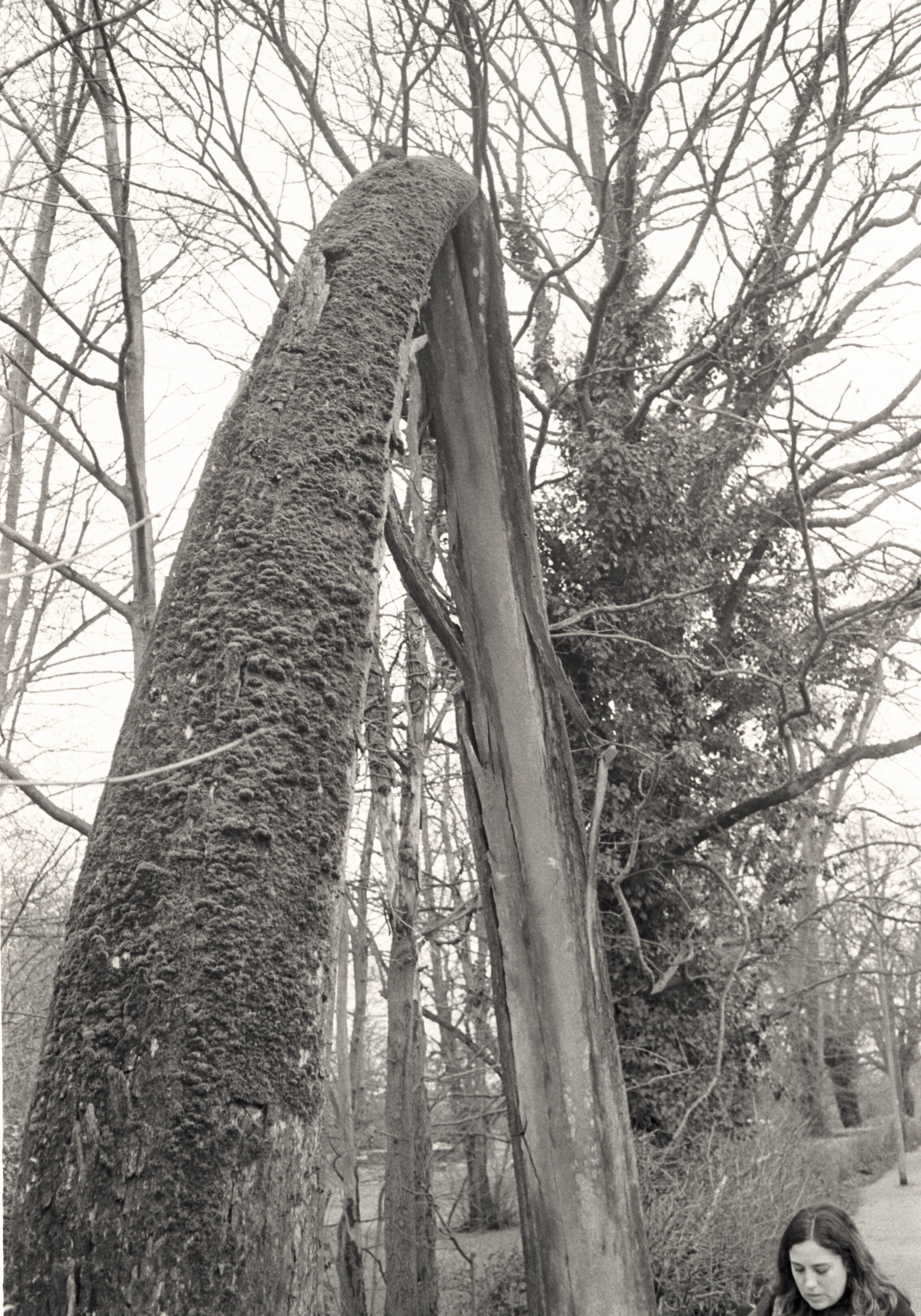
Whalebone Park
A monument to a lost Arctic explorer
In distant Barnet, stand two incongruous pillars next to a busy road. Covered in green moss and seemingly decaying, it’s only when you get close that you realise what they are – whalebones mounted as a gate in North London.
The bones were originally erected in 1830 by Sir John Franklin, the artic explorer who “ate his boots” whilst lost in the arctic. He would later disappear completely into legend in 1845 when leading HMS Terror and HMS Erebus in an attempt to find the North West passage. Incredibly both ships were found in a perfect state only a few years ago and are currently being excavated by a joint Canadian and Inuit team. However, all that was ever discovered of Sir John was his Royal Hanoverian Guelphic Order – a medal found by Innuits in a camp that showed evidence of cannibalism.
The whalebones in Barnet gave their name to the local country house and park where Sir John had lived. The current bones were erected in 1939 by the owner of the house, replacing the original gateway that had rotted away. A Norwegian whaling company provided the source material but, apparently, those in Barnet underestimated the terrible smell that would be created for weeks by the decaying marrow.
Whalebones park today is in danger of being swallowed up by local housing developments. It would be a great shame to lose this somewhat bizarre reminder of Arctic exploration.
